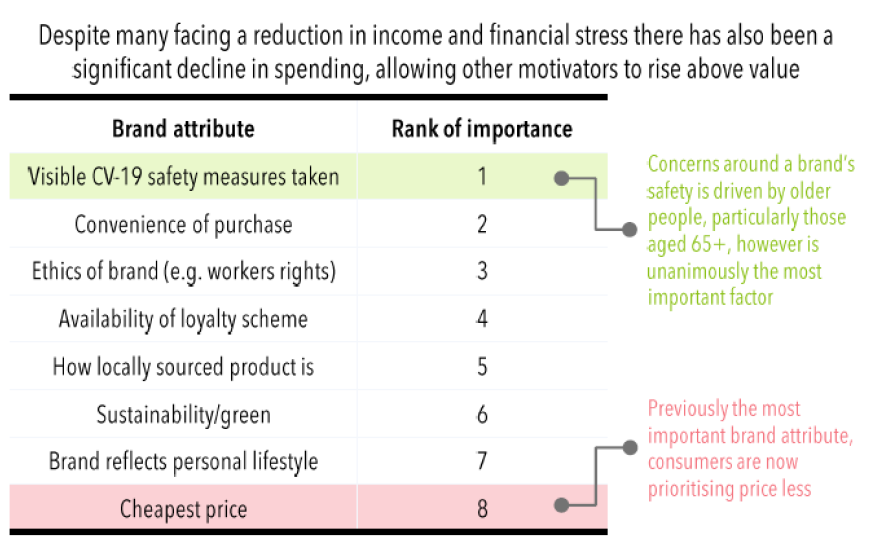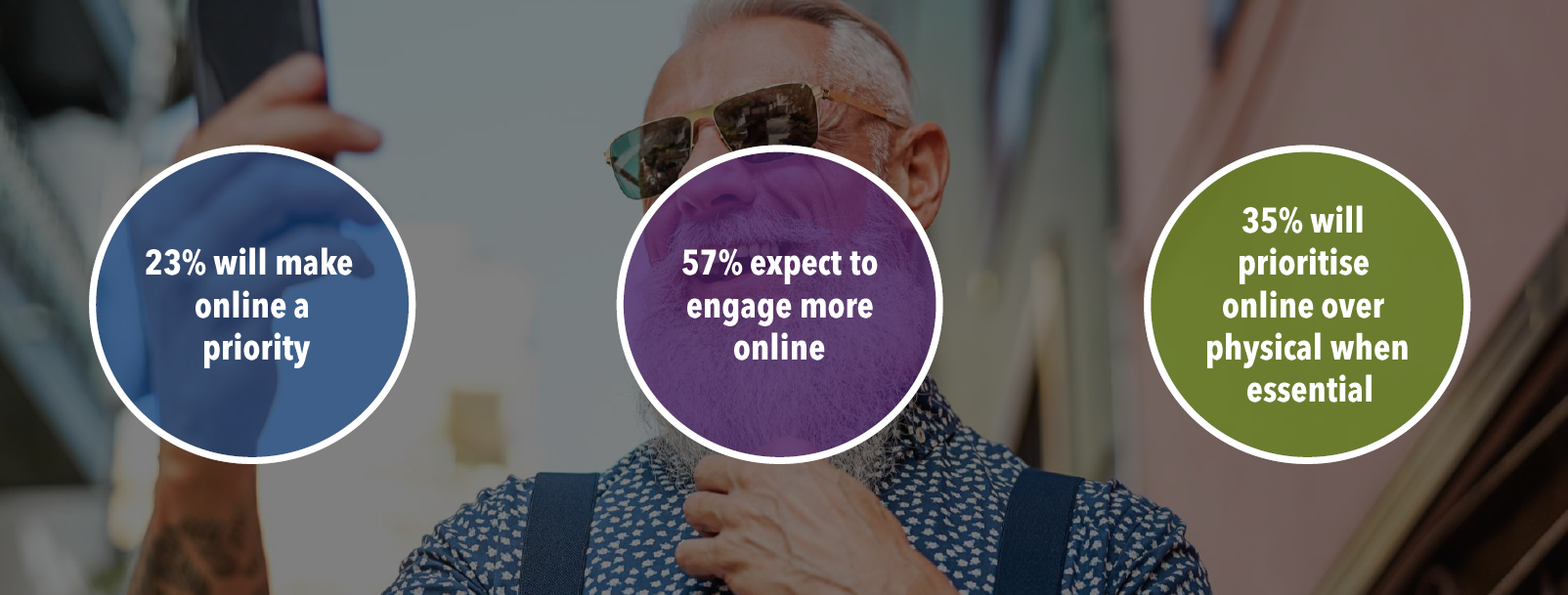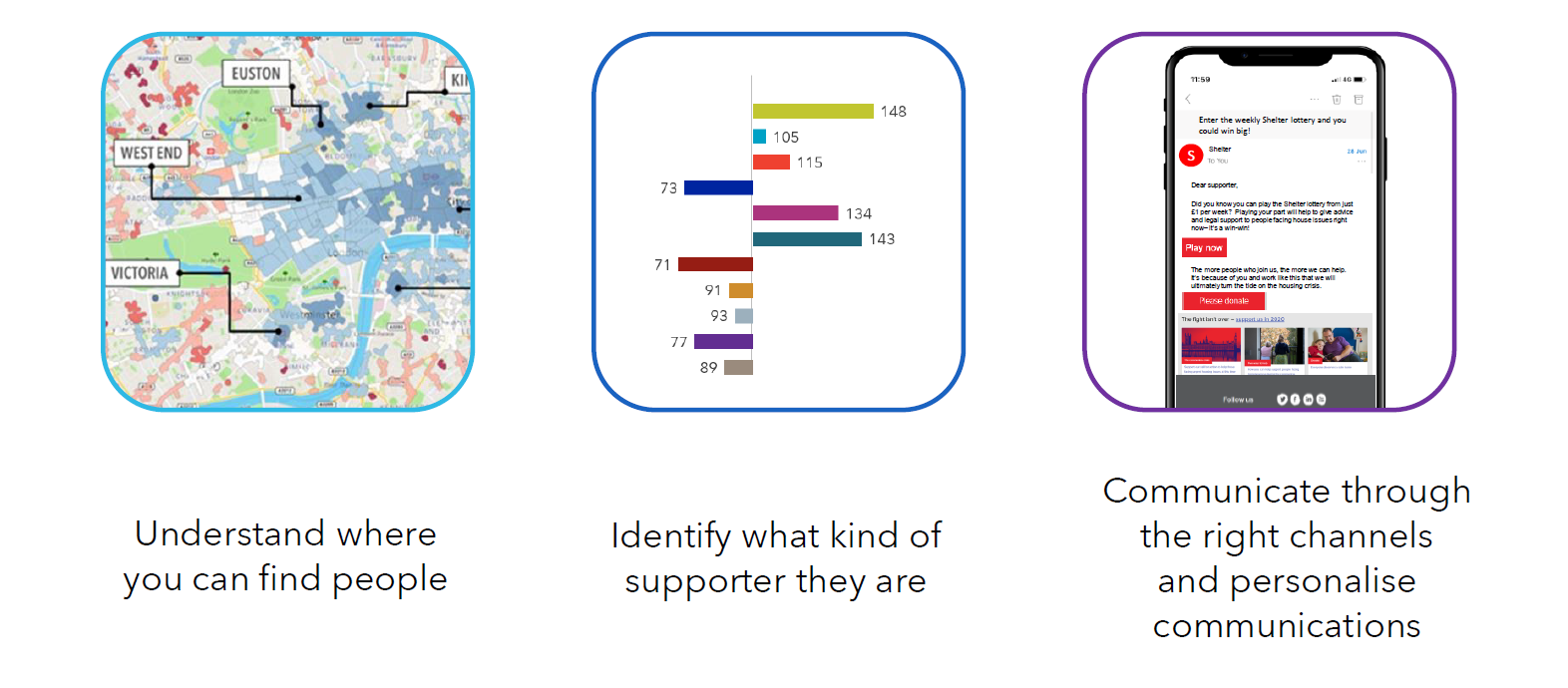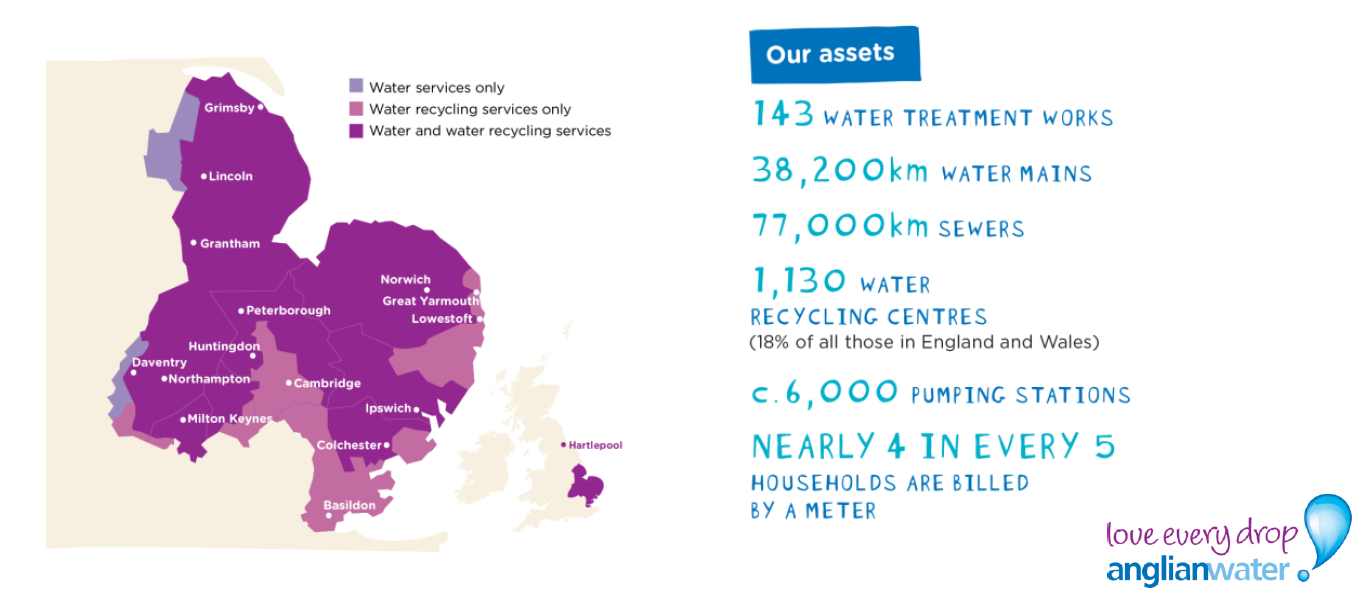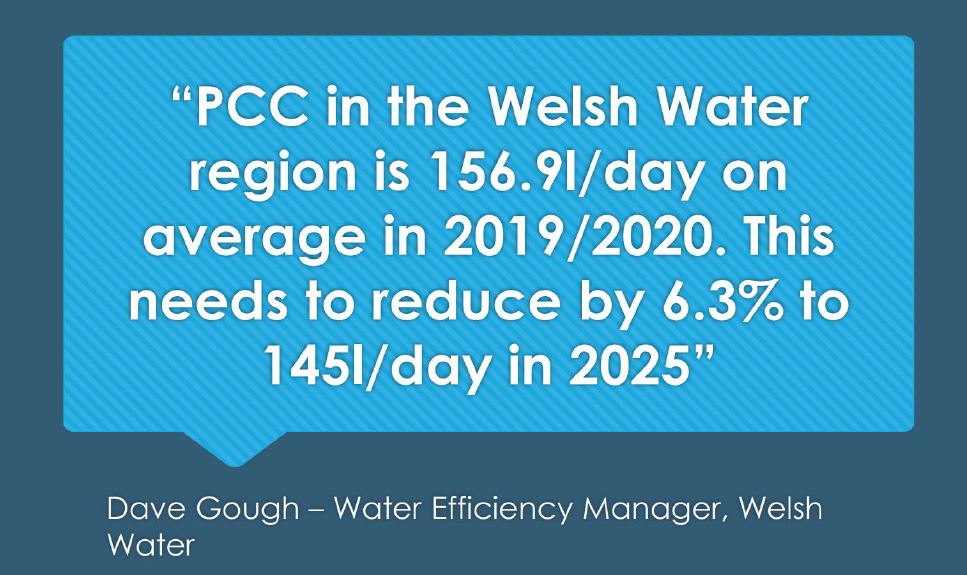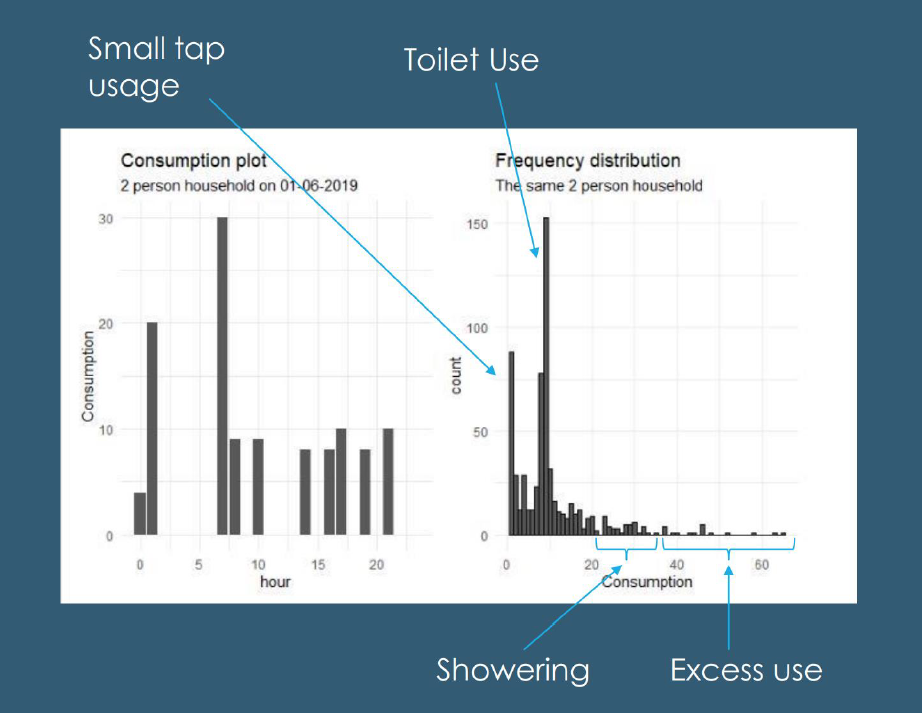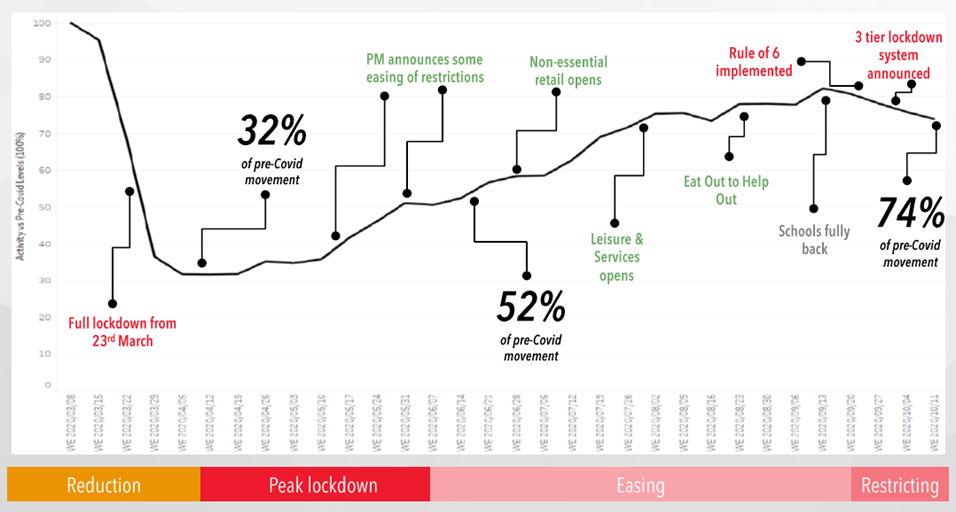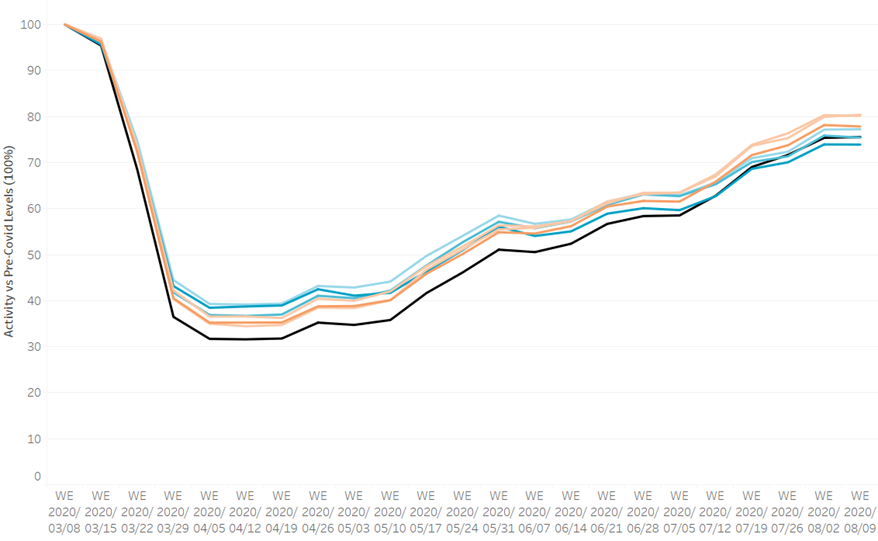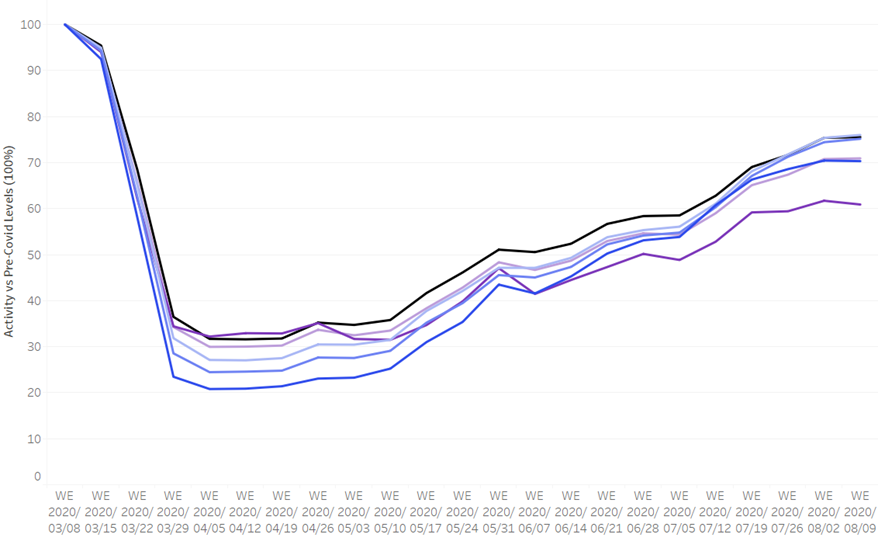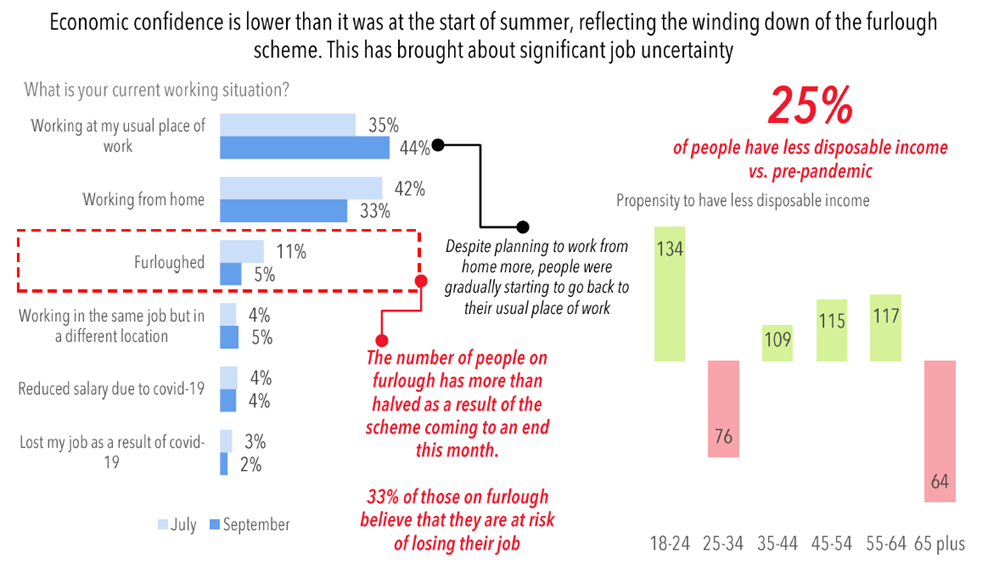Minimise risks and maximise ROI with our best practice round-up
Campaign delivery is critical to your organisation’s competitiveness and growth. In challenging and volatile market conditions, being able to monitor and adapt campaigns in real time to meet changing customer wants and needs is a core skill for successful marketing.
It’s no surprise that many businesses are looking to invest in improved campaign management platforms. Technology has evolved rapidly in the past few years: exploiting new and sophisticated multi-channel, high volume solutions for customer retention, development and acquisition is a priority for marketing and customer experience leaders.

Choosing a campaigning platform with the features and headroom your organisation needs is just the start. The ROI and competitive advantage you stand to gain will only be as good as the migration process.
Many organisations find campaign migration more challenging than they expect. Our expert team has five top tips to help you avoid common pitfalls and tackle your platform migration project with the same rigour as your platform selection business case:
- Include the migration project in your business case to ensure that you can afford to deploy effectively and rapidly. A great campaign platform can make all the difference to customer experience, engagement and ultimately the sales bottom line. It’s a big investment and you’ll have looked carefully to find the best fit for your needs and to calculate ROI. But migrating to a new platform is not just as simple as turning off campaigns in one platform and turning them on in the new one.
- You’ll need strong methodology and project management to define the order of campaigns that need to be migrated and prioritise those that are business critical before moving on to the others. You’re dealing with high volumes of campaigns and data, and you need to build in IP warming and parallel running of old and new platforms during this phase. Planning ahead is crucial.
- Review existing campaigns being sent out and evaluate whether they could be improved and optimised. It clearly makes sense to do this as part of the migration, rather than doing a direct lift and shift. Many organisations struggle to do it in practice because of resource constraints. Your team needs to maintain business as usual during the migration. If you can access additional resources or third-party support, your team can provide focused input to campaign improvement work through workshops, while the migration project team manages and delivers the actions.
- Training is key to ensure a smooth transition and quick adoption of a new platform. Your team may need to adopt new processes and learn new skills. It’s important that they are confident using all the features and capabilities of the new solution if you’re to achieve maximum impact and hit your ROI goals. Build user confidence and avoid stress by providing formal training and making responsive, expert support available to answer questions and resolve issues once the platform is live.
- Access specialist and dedicated resource to make it happen as quickly as possible and without interruption. In most organisations, everyone’s working to capacity, so finding extra time and resource to manage a major migration project is difficult. It’s not realistic to expect your team to handle it on top of business as usual. Exploit the experience of platform migration specialists: their proven methodology and expertise is worth paying for to avoid the risk of delays or campaign interruptions undermining the value and impact of your campaign platform investment.
If you’d like to keep your campaigns flowing and hit the ground running with your new campaign platform, get your free copy of The CACI three-step guide to successful campaign migration. In it, our specialist Campaign Operations team shares insights from our proven process, to help you plan an effective transition.
With long experience supporting leading organisations through efficient and low-risk campaign migration projects, we can shoulder the burden of planning and managing an optimised transition to your new platform, to achieve rapid value from your investment. Talk to us if you’d like to find out how we can help.




